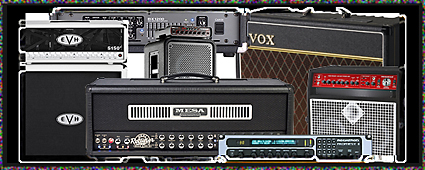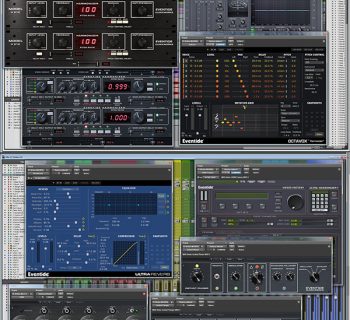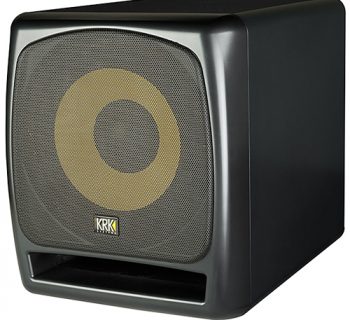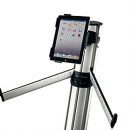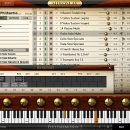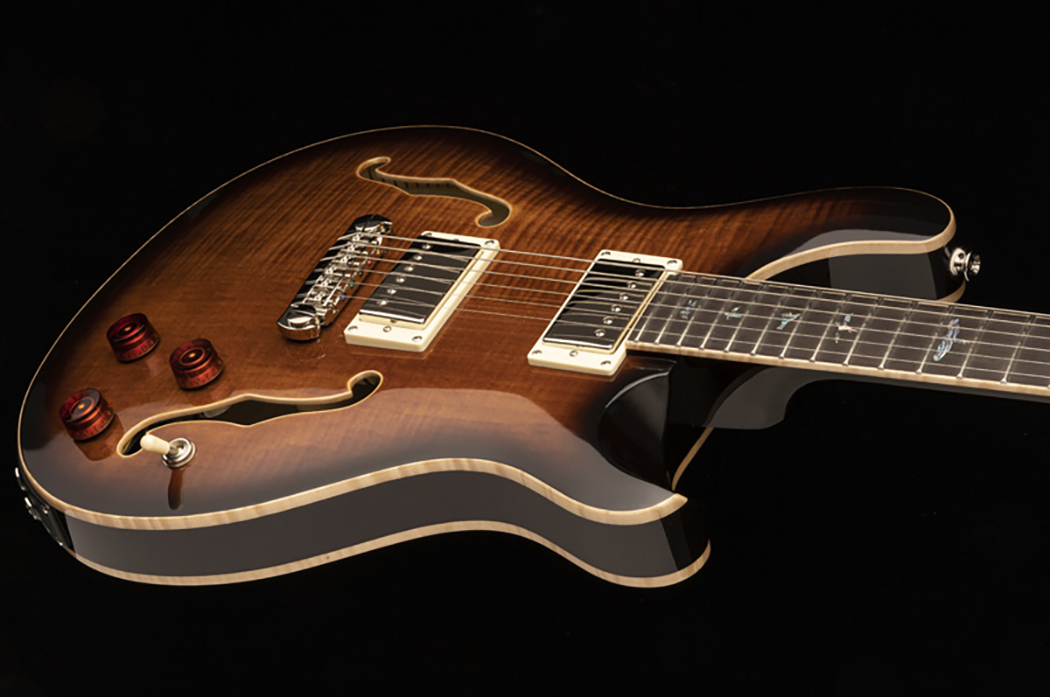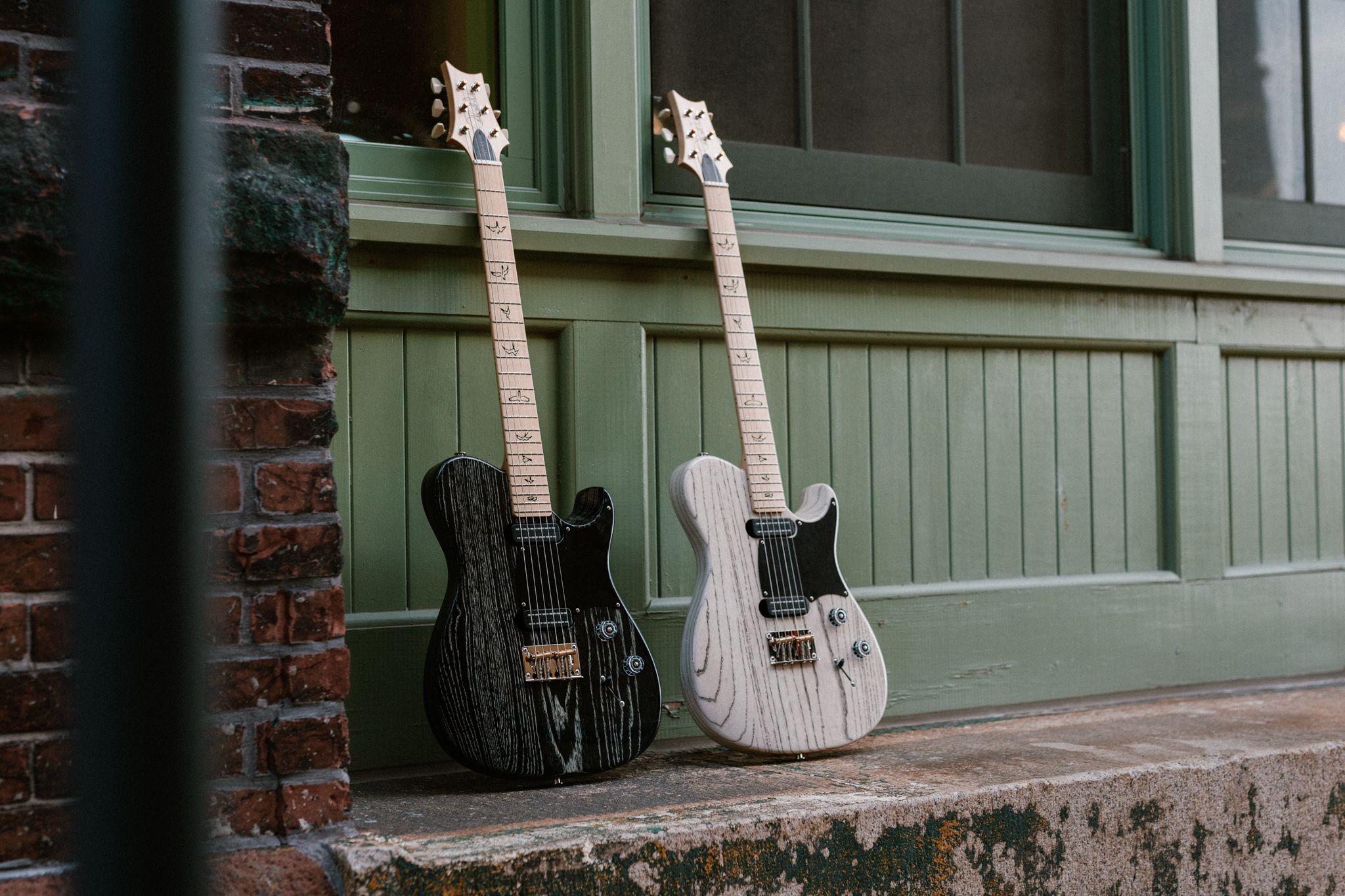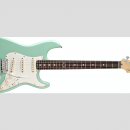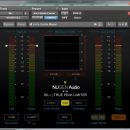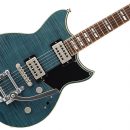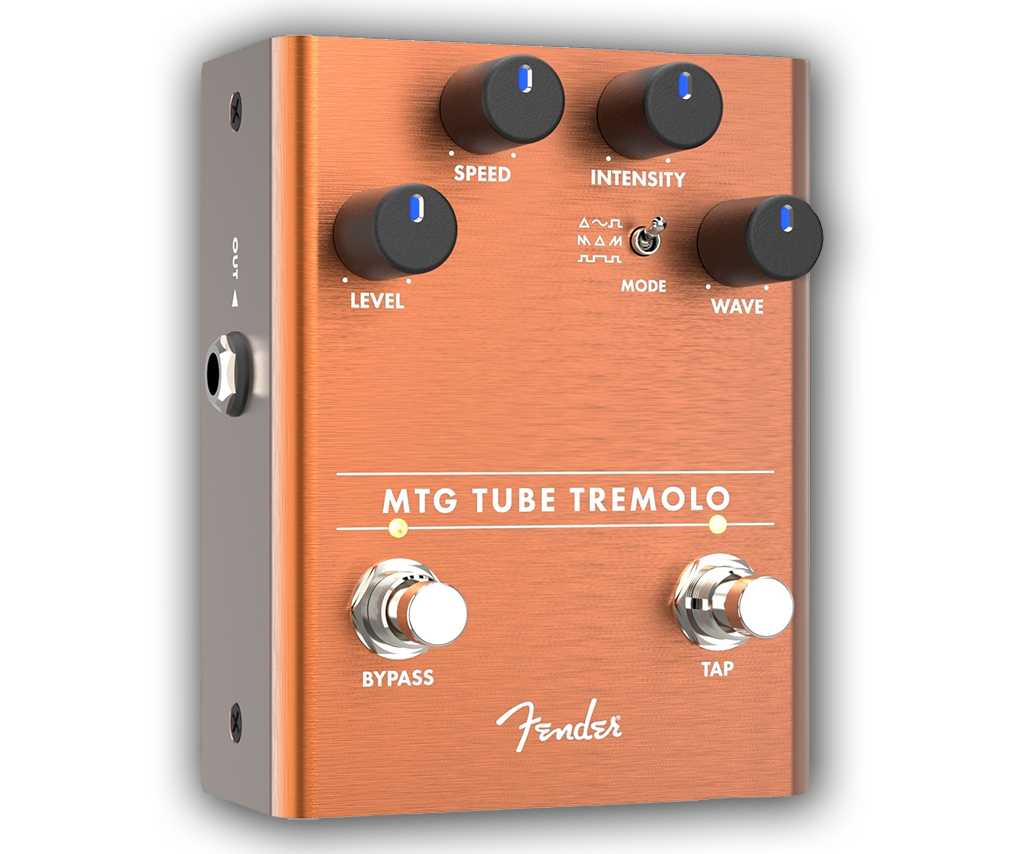The Focusrite OctoPre MkII offers some subtle revisions to one of the company’s popular and affordable eight-channel preamps. Ideally suited to tracking drums and electronic instruments (it has instrument inputs on the front panel, too), this preamp is the kind of workhorse that would be at home in many home and project studio environments. If you need multiple microphone inputs and a preamp that (sonically) stays out of your way, passing through a clean, uncolored signal, the OctoPre MkII delivers a fantastic value.With built-in ADAT digital outputs (up to 96 kHz) in addition to analog outputs, the OctoPre MkII connects easily with most DAW environments. The straightforward interface makes getting up and running a breeze, but if you’re contemplating replacing an original OctoPre or OctoPre LE, a few physical interface changes from the first generation should be explored first to make sure that the MkII will properly interface with your studio configuration.
Features
![]()
The OctoPre MkII is an eight-channel preamp, and when unpacking it, we immediately noticed the high quality of construction, with a thick front faceplate that includes very clever covers for the rack ears — an elegant finishing touch for those of you inclined to leave the preamp sitting on a desktop. The front panel graphics have also been updated to reflect the new design aesthetic of the Saffire product line.
The MkII has six channels with combination Neutrik inputs on the rear (XLR or ¼”) and two channels located on the front panel. The original OctoPre only offered ¼” inputs on two channels, so eight combination jacks is a nice improvement for interfacing with various pieces of studio gear.
As with the first generation of OctoPre preamps, frequency response is 10 Hz – 20 kHz ± 1 dB. Each channel has a gain control and a -10 dB pad switch, while the two front-panel inputs additionally have switches to select between line and instrument levels (in case you want to plug a guitar or keyboard directly into the preamp).
48-Volt phantom power is supplied in banks — Channels 1-4 and Channels 5-8.
Spec-wise, the preamps have been changed in some subtle ways. The mic-level inputs have up to 55 dB gain (down from 60 dB in the older line), but the line-level inputs have up to 36 dB of gain — a welcome improvement over the 10 dB gain on the original OctoPre.
The output section is where this preamp differs the most from the original OctoPre and OctoPre LE. Where the original OctoPre had analog outputs on a DB-25 d-sub connector, the MkII has eight TRS outputs that provide line-level output on either balanced or unbalanced connectors (like the OctoPre LE).
The OctoPre MkII has a dedicated clock so that it can be the master in your studio setup, and it can also slave from external clocks as well. A BNC connector is provided for Word Clock In, but Clock Out is only provided via ADAT.
The MkII includes digital ADAT output at both 44.1/48 kHz and 88.2/96 kHz. This functionality also differs from the original OctoPre models, which didn’t include any digital outputs but offered an optional digital I/O card. However, the optional card provided digital input as well as output.
If you’re expanding a studio that already has one or more OctoPres or LEs, be sure to take into consideration the different interfaces and placement of input jacks.
The original OctoPre had basic compressors built into each of the eight channels — the OctoPre LE did not. And each model contained slightly different preamps. With the MkII line, Focusrite has again created two different products. The OctoPre MkII (the subject of this review) lacks compressors, while the OctoPre MkII DYNAMIC includes them.
A digital difference: The MkII DYNAMIC includes digital inputs via ADAT, and it adds Word Clock Out on a BNC connector, too. Fortunately, both preamps are the same, so the only real differences between models are whether or not you want compressors on each channel or if you requite the additional digital I/O features.
Usability
![]()
The OctoPre MkII is a simple-to-use preamp, and we were up and running with it in a matter of minutes without needing to refer to the documentation.
The knobs and buttons were very sturdy — we appreciated that the level controls offered good resistance, since it’s sometimes easy to accidentally adjust levels when using compact multi-channel preamps. The spacing of the controls and resistance of the knobs made working with the MkII risk-free.
We had no trouble using the OctoPre MkII in our ProTools LE environment. Connecting to our Digidesign 002r was as simple as connecting a single TOSlink optical cable. We used the OctoPre MkII as the master clock, and the 002r had no problem getting its clock signal from the external source.
As a budget-priced preamp (compared to premium Focusrite products), there were a few tradeoffs made in the design of the MkII that we wished were implemented differently. First, we hate having phantom power allocated to multiple inputs at a time instead of on a per-channel basis. Although most dynamic mics are unaffected by the presence of power on the line, miking a small drum kit may involve a combination of four to six dynamic mics and a few condensers (overheads). It would be nice to limit the phantom power to just two inputs.
Our other gripe has to do with the first two inputs, which are not mirrored on the rear of the preamp. This kind of design limits the practicality of the preamp for use in many project and professional studios because running some cables to the front and some to the rear doesn’t make for a nice, clean installation. If you’re considering using this preamp for miking drum kits in a studio, where you will most likely want to use all eight inputs, we’d recommend spending the extra $200 for the MkII DYNAMIC, which has all inputs on the rear, and also includes a bank of simple compressors that may be of additional value.
Sound
![]()
When we select a preamp for tracking vocals and certain live instruments, we reach for various preamps that impart a particular color on the sound, or that interact a certain way with favorite microphones, but when tracking things like drum kits and keyboards, we want the preamp to act like it isn’t there. The OctoPre MkII does a great job of that, delivering a quiet and neutral performance that makes a worthy addition to any studio in need of more inputs.We ran some keyboards straight into the front-panel inputs for pristine recording, and we used the other six inputs to record a drum kit in our studio. We drew phantom power on a pair of Audio-Technica AT-4033SE overheads and miked the rest of the kit with dynamic Shure SM-57s and a Beta 52A on the kick.
With our drum miking, our earlier complaint about the phantom power wasn’t a concern. Since we had two condenser mics, we just plugged them into the first rear inputs, #3 and #4, and phantom power didn’t touch the dynamic mics on inputs 5-8. The OctoPre MkII had plenty of headroom, and we had to hit the 10 dB pads on our overheads to bring levels under control.
The OctoPre MkII was clean and transparent through its A/D converters into ProTools 8 by way of the ADAT optical interface. There’s not much else to say about the sound — we had no unwanted colorization of the recorded material, headroom was fine for our electronic and acoustic sources, and noise levels were perfectly acceptable. Actually, the preamp did a fine job capturing the ambient noise of our room!
The front-panel inputs aren’t optimal for tracking guitars, though they can certainly be used that way. Although you can certainly record a clean guitar signal this way (for use with amp modeling software), you can’t specifically optimize the response to your guitar that discerning players may notice. There are many products designed specifically for tracking guitars, with special filters and fine control over input impedance, that can provide a better feeling input characteristic and subtly different instrument tone.
Documentation and Product Support
![]()
The User Guide is short, but descriptive of the various functions within the OctoPre MkII. If you’re new to external preamps, it’s an easy read that will help even novices get up and running fast. Given its potential popularity in the home studio market, though, some additional explanation of line levels vs. mic levels might be useful.
Price
![]()
The OctoPre Mk II (MSRP $599.99) sells for $500, a good price for a bank of eight clean preamp channels and built-in ADAT connectivity.The Mk II DYNAMIC, which sells for an additional $200, is also a decent value, though not as strong a value as the Mk II. The compressors aren’t as necessary in the world of 24-bit recording as they were back when 16-bit recordings needed optimal S/N ratios for the best audio quality. Perhaps eight noise gates would be more useful in a multi-channel preamp today.

Contact Information
Focusrite
www.focusrite.com



